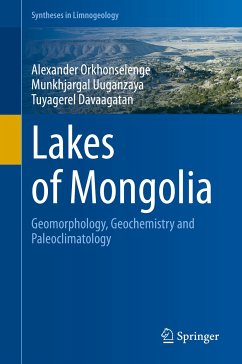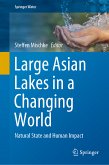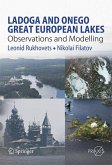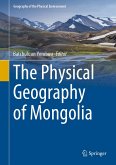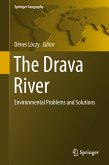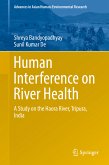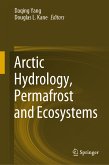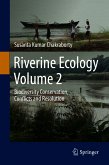This book provides an overview of lakes in Mongolia from scientific, economic and scenic points of view, presenting lake area changes, their sedimentological and geochemical characteristics, valuable economic and geoheritage resources and paleoclimate change reconstruction. The book emphasizes internationally well-known lakes of Mongolia, but it also describes far less popular lakes which have remained unrecognized for scientific importance. The book offers modern, qualitative, process-oriented approaches and quantitative analytic results-based implications to understand the geomorphological, sedimentological and geochemical evolution of lake basins in Mongolia, and past and present climate changes in Mongolia and Eurasia. Insights into the interpretation of data obtained from the lake basins in the fields of geomorphology, sedimentology, geochemistry, geochronology and paleoclimatology are developed from theoretical principles, empirical observations, correlative illustrations, analytic measurements and conscious hypotheses. Based on the application of a combined compilation of recent Landsat 8 images of the lakes and topographic maps of them in 1970, this book presents enriched results and implications derived from remote sensing together with field measurements and laboratory analyses. This data compilation belongs to a research team at the Laboratory of Geochemistry and Geomorphology (LGG), National University of Mongolia (NUM).
Dieser Download kann aus rechtlichen Gründen nur mit Rechnungsadresse in A, B, BG, CY, CZ, D, DK, EW, E, FIN, F, GR, HR, H, IRL, I, LT, L, LR, M, NL, PL, P, R, S, SLO, SK ausgeliefert werden.

